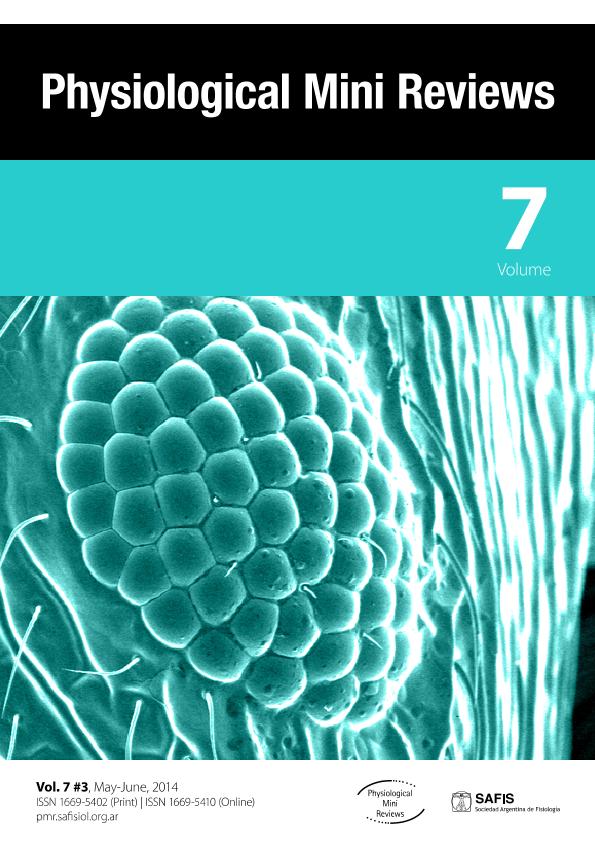Artículo
Deleterious effects of inflammation on parturition and fetal development
Schander, Julieta Aylen ; Correa, Fernando Gabriel
; Correa, Fernando Gabriel ; Franchi, Ana Maria
; Franchi, Ana Maria ; Domínguez Rubio, Ana Paula
; Domínguez Rubio, Ana Paula
 ; Correa, Fernando Gabriel
; Correa, Fernando Gabriel ; Franchi, Ana Maria
; Franchi, Ana Maria ; Domínguez Rubio, Ana Paula
; Domínguez Rubio, Ana Paula
Fecha de publicación:
05/2014
Editorial:
Sociedad Argentina de Fisiología
Revista:
Physiological Mini Reviews
ISSN:
1669-5402
e-ISSN:
1669-5410
Idioma:
Inglés
Tipo de recurso:
Artículo publicado
Clasificación temática:
Resumen
Preterm birth is a major determinant of neonatal mortality and morbidity worldwide. One of the main causes of preterm parturition is maternal infection Dissemination of microorganisms from the vagina and cervix via the ascending route is the preponderant way of infection, although microorganisms may also access the amniotic cavity and the fetus via other pathways. The pathophysiological processes that are set in motion during maternal infection lead to preterm labor and fetal damage with severe consequences both for the mother as well as the offspring. During inflammation associated to infection, a plethora of pro-inflammatory agents are produced in high levels. Thus, prostaglandins are released simultaneously with nitric oxide and their overproduction promotes uterine contractions contributing to embryonic and fetal expulsion. Oxygen and nitrogen reactive species and pro-inflammatory cytokines have been associated with preterm birth as well as fetal damage and they might contribute to the high mortality and morbidity associated with preterm labor. The study of these pathophysiological processes is necessary to develop better tocolytic agents. Therefore, it is essential to establish good animal models of infectioninduced preterm labor that would mimic the human parturition biology.
Palabras clave:
Pregnancy
,
Preterm Birth
,
Infection
,
Inflammation
,
Fetal Damage
Archivos asociados
Licencia
Identificadores
Colecciones
Articulos(CEFYBO)
Articulos de CENTRO DE ESTUDIOS FARMACOLOGICOS Y BOTANICOS
Articulos de CENTRO DE ESTUDIOS FARMACOLOGICOS Y BOTANICOS
Citación
Schander, Julieta Aylen; Correa, Fernando Gabriel; Franchi, Ana Maria; Domínguez Rubio, Ana Paula; Deleterious effects of inflammation on parturition and fetal development; Sociedad Argentina de Fisiología; Physiological Mini Reviews; 7; 3; 5-2014; 28-43
Compartir



